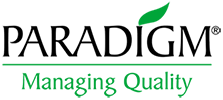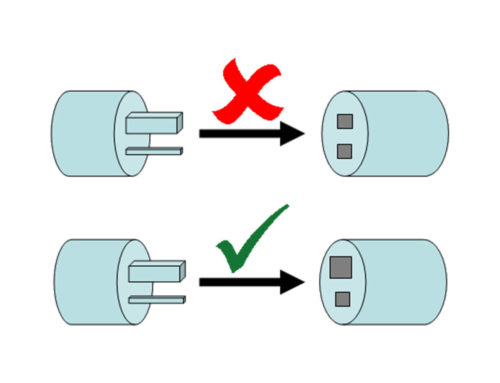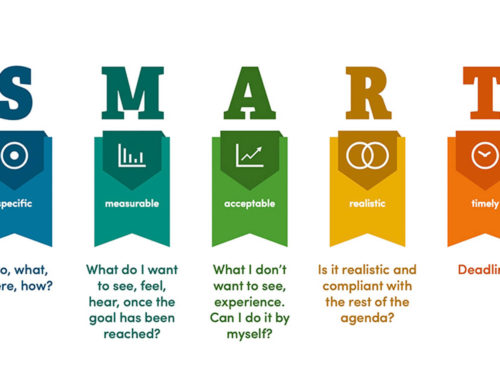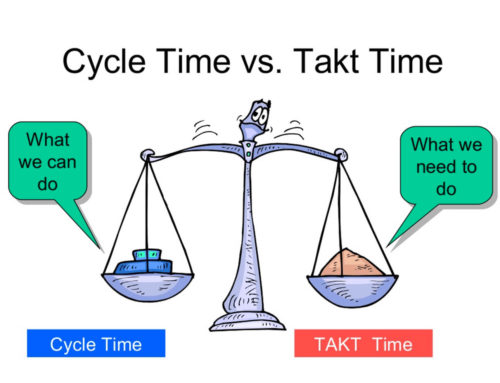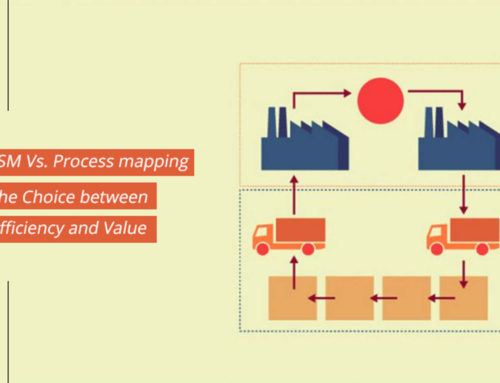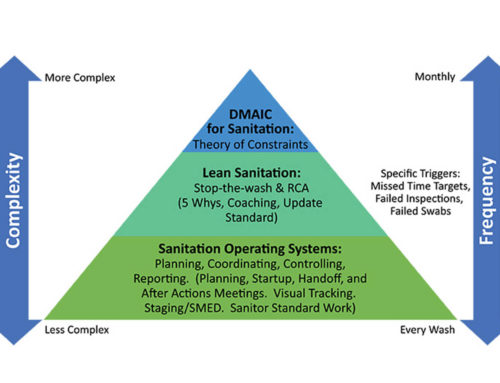Hygiene zoning is an essential method that divides departments into separate precaution measure. It prevents the spreading of bacteria and ensures that the food is kept at disinfected environment. Industries that implement hygiene zoning have proven to reduce physical hazards and control food microorganism risk. In India, the food industries that do not implement Hygiene zoning have proven records of outbreaks such as Salmonella and E. coli, Norwalk-like virus from the public. In the past 29 years it recorded almost 37 outbreaks due to food poisoning. Other consequences include loss in trade, decrease in customer confidence and unemployment.
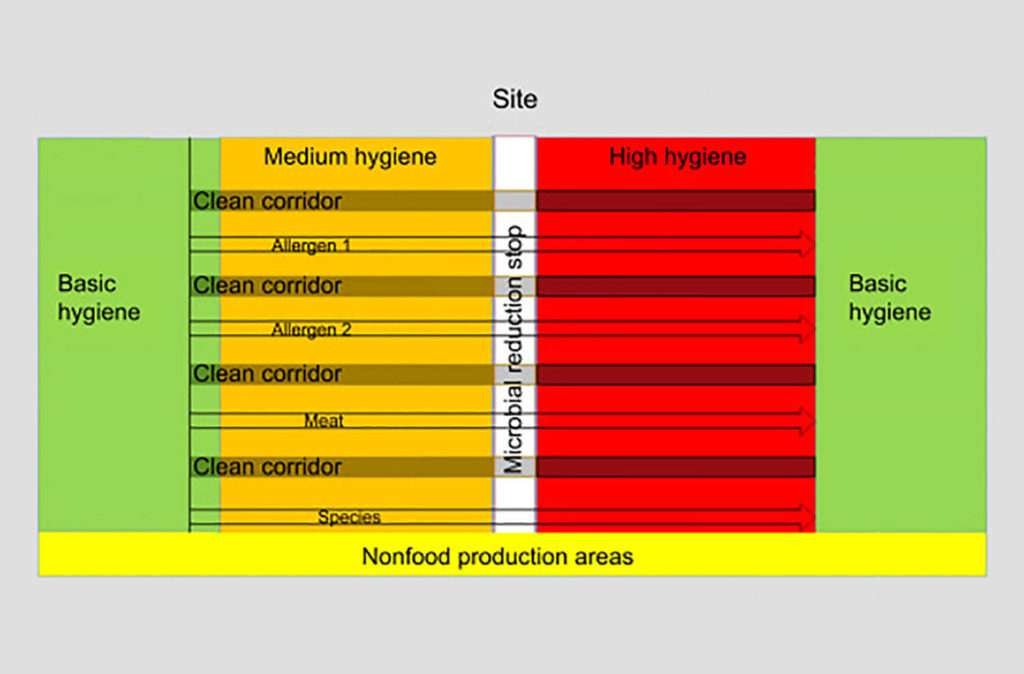 Hence, to eliminate future challenges, executing appropriate measures in hygienic zoning needs to be considered. Food industry in India counts almost 32% for the total food market. Many inadequate practices in India’s food industry rise due to lack of resources and awareness of safety measures applied in hygiene zoning. Applying precautions is the first step in avoiding adverse effects of food-borne disease and economic consequences.
Hence, to eliminate future challenges, executing appropriate measures in hygienic zoning needs to be considered. Food industry in India counts almost 32% for the total food market. Many inadequate practices in India’s food industry rise due to lack of resources and awareness of safety measures applied in hygiene zoning. Applying precautions is the first step in avoiding adverse effects of food-borne disease and economic consequences.
These steps can be applied to every member involved in the food industry. Just like how an organization had different departments, so does a food industry. There are 3 types of area during food processing, each includes specific precautions that needs to be addressed.
Low-risk areas
Low-risk area also known as the basic hygiene zone has a low potential of microbiological growth. These are areas that that require minimum hygiene environment and maintenance. It can include the building perimeters, packed or raw food storage rooms, office and management meeting areas. However, such precautions needs to be taken into account.
- Adequate cleaning and monitoring practices.
- Every employee needs to clean and maintain the environment.
- Ensure contaminates from outside such as dirt or dust do not enter the low-risk areas
- Ensure, there are no pathways for pests and insects to enter the area.
Medium risk areas
Medium risk areas also known as high care zone includes a medium risk of microbiological growth. This zone includes food that are exposed to the environment. Areas such as food being packed, sorting dry processing food and slaughtering space. There is a medium liability of food being harmful to the consumer hence appropriate measures needs to be taken.
- Control and eliminate any form of pest or insect formation.
- Dispose waste in a hygienic matter in a closed system, do not leave waste in an open environment. Control odors that might affect adjacent food suitability.
- Minimize any form of hazards that can rise from potential sources.
- Ensure the food is safe and does not contain any harmful substance.
- Frequent cleaning needs to take place.
- Natural ventilation with insect screen needs to be mounted. Outside air needs to be clean and free from dust. Otherwise apply filtered system.
- Install controlled temperature regulators to ensure food suitability.
High-risk area
High risk area or zone has the highest potential of microbiological growth in such an environment. Therefore, these areas include strict measures and guidelines that needs to be implemented. Highest form of hygiene practice can ensure a healthy and safe food service. High-risk zone include areas where food is directly exposed to the environment, mixing or cooking space during food processing, ready to cook foods, those that have high sensitivity in temperature.
- Special shoes or clothing required for the employee. This can include wearing PPE.
- Maintaining both the employee personal hygiene and environmental areas.
- Install filter equipment to ensure clean air and water flow into the area. It must ensure filtered ventilation air system.
- Applying appropriate measures in terms of optimum temperate and humidity level that can increase life span of food items.
- Surfaces where food is directly in contact needs to be clean, material is non-toxic and easy to maintain.
- Final food product to the consumer needs to be test and inspected before releasing to the public.
- A continuous system that monitor and review the practices being implemented.
- Employees working in this zone are to distance themselves from other employees during work hours.
- Do not allow use of ornaments in this zone. (e.g. watches, jewelry)
It is also important to ensure that to recommend every employee to take basic training lesson that can educate them about personal hygiene and cleaning measures. Hazards can be maintained and controlled once every member in the food industry takes appropriate measures in their own working zone.
